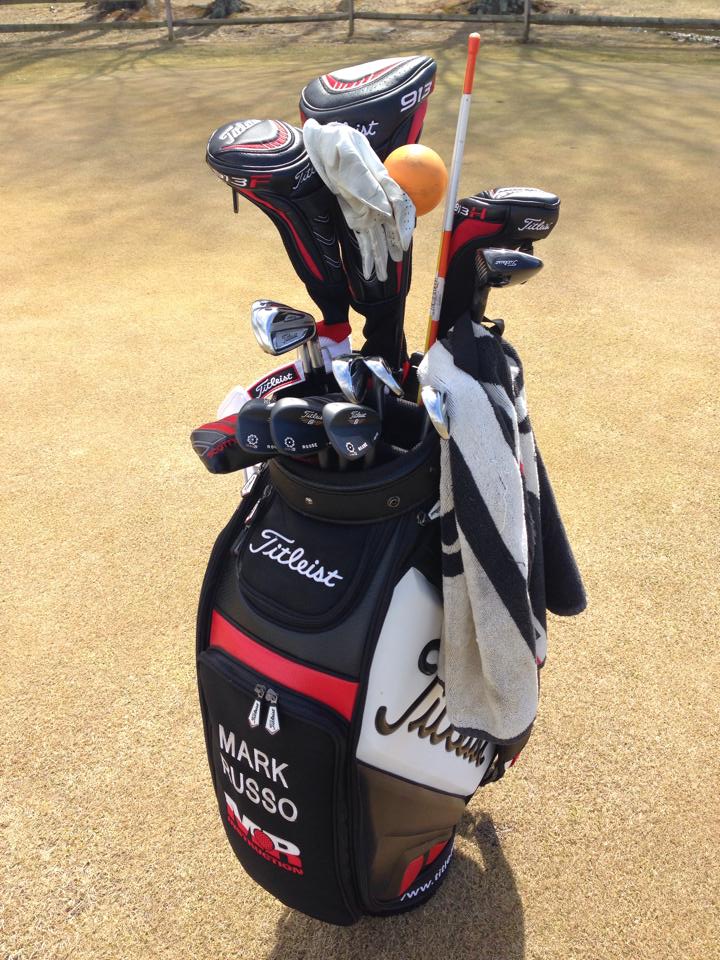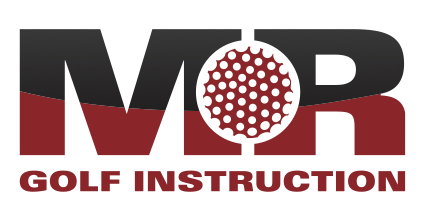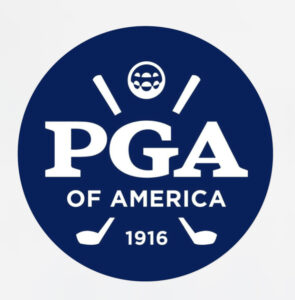 It’s often a running joke in the golf industry that despite being around golf all of the time, as golf professionals we often don’t play very much. People just assume that if you are in golf and have “professional” after your name that you either play all the time or are on the PGA Tour. Unfortunately, many of us are on the opposite side of that – we work so much that we don’t get the chance to play the game that we love so much. It’s a painful problem to have, and in many cases our own golf games suffer because of a lack of playing time. This is where my story begins.
It’s often a running joke in the golf industry that despite being around golf all of the time, as golf professionals we often don’t play very much. People just assume that if you are in golf and have “professional” after your name that you either play all the time or are on the PGA Tour. Unfortunately, many of us are on the opposite side of that – we work so much that we don’t get the chance to play the game that we love so much. It’s a painful problem to have, and in many cases our own golf games suffer because of a lack of playing time. This is where my story begins.
First, PGA Professionals aren’t professional golfers who play for money for a living. We run the business of golf as golf professionals, teaching people, administering, running tournaments, merchandising, and a host of other things. It’s our job to keep the game healthy and help grow the game. PGA Members like myself do play in tournaments for prize money, but other than a small percentage of our membership that can compete at a National level, most of us have very good games that don’t come close to the players on the PGA Tour that you watch on television.
But in recent years, as job as the head professional at The Country Club at Woodmore and now as an independent golf coach have taken so much of my time, I have watched my golf game slowly deteriorate to a less than acceptable level. Sure, I could beat my students on the golf course, but it had become difficult to score at the level I was used to and my confidence was at an all-time low. But a month ago I decided to do something about it. I became a student again.
The first thing I did was find a coach that I knew I could partner up with and really trust. I’ve mentioned it before in this column and it needs to be said again: if you don’t feel like you have trust and commitment from the person you are working with the relationship is bound to fail. Luckily I had a person to call and never needed to think twice. I called Rick Krebs, a PGA Professional who has been teaching and coaching golf for longer than I have been alive, and who coached me ten years ago as a young man trying to become a PGA Member. In that time of my life, Rick mentored me as a young professional and helped me get my game on track to be more competitive and pass my playing test to get into the PGA of America. In 2004, after working with him, I passed my test and a year later was a Class A Member of the PGA. Familiarity and comfort level were never an issue, so my call to Rick was an easy one. I explained that despite practicing a good bit and having TrackMan radar at my side, I needed an unbiased set of eyes to watch me and get my swing in order. At this point you are probably asking why a guy who teaches for a living needs someone else to look at his swing. Great question! Because even the best players in the game today have coaches, and it’s important to have someone who thinks differently than you do assess your game and swing . I knew that Rick would be very honest with me and would also lead me in the right direction. So we renewed our partnership and off we went, agreeing that my short game and mental game were not the issue, but my ability to control the golf ball with my swing was a problem right now.
Meeting with him at the range for lesson one, I really had no idea how sloppy my swing had gotten, but it didn’t take long for Rick to see what the issue was in my motion. That is another advantage of having a set of eyes like Rick’s on my swing: he has seen so many swings over the years that his eye is super sharp to what is going wrong almost immediately. He then confirmed it with a little video review and we set to the task of improving the motion. The main flaw was a lack of athletic motion in my hips. I have a very athletic background, having grown up playing baseball and ice hockey, a sport that I played for a bit in college and still play regularly. But that athletic ability and explosiveness were lacking in my golf swing. It had become an arms-only motion that was leaving out two main power sources: my legs and the ground beneath me. Using the legs to explode off of the ground and rotate the hips more effectively can increase speed quite a bit, and I had none of that. We quickly decided that if I was going to get my game to a more competitive level, I needed to get my club moving faster in order to hit the ball longer. I already hit the ball very straight, but over the years I have lost distance to the point where it becomes difficult to handle a longer golf course like the ones we will play in PGA section tournaments.
As we worked on the range, it only took 5 or 6 swings and my club head speed increased a remarkable amount and I could feel the athletic motion and freedom return. Rick and I used TrackMan to keep track and compare swings, and I went from a dismal 80 miles per hour club head speed with a 5-iron to 86 miles per hour in just a few shots! Distance started to come back and I was on the right road and pointed in the right direction.
One month in and my swing speed with the 5-iron now averages 87 miles per hour, and it is fun to swing again. I have played a few rounds and I am even seeing my scores get better as a result. Do we have it fixed? Not even close. We have a lot of work to do to make it consistent under pressure on the golf course and in tournaments. But the first steps have been taken to get there. Decide to make a change, commit to a coaching relationship, and no matter what, stick with the process and focus on the practice sessions. I’m not there yet, but my journey has just begun and it will be a lot of fun to see what happens.



